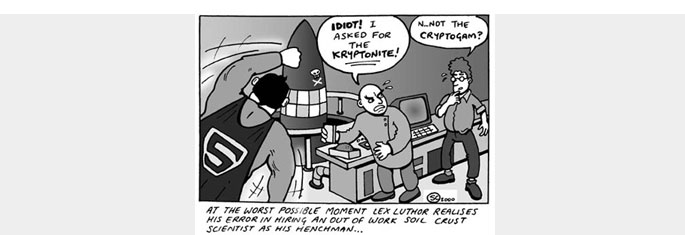AABR’s field trip to Rookwood Cemetery with Dr. Paul Adam was well attended with an audience of nearly 70 people. The Cemetery is an interesting blend of custom and cultures merging into, and often overwhelming, the natural landscape. It was Dr. Paul Adam’s scientific assessment of this indigenous vegetation and our human impacts upon it that was the basis of our field trip to Rookwood Cemetery.
In attendance at the meeting were people from Auburn Greenspace, Bankstown Bushland Society, the Nature Conservation Council, the Joint Committee of the Necropolis Trustees, many AABR members and others. Such a large attendance attests to peoples’ fascination with Rookwood’s vegetation and wildlife and their interest in legislation which attempts to protect it.
Paul stated his belief in the importance of well defined legislation to protect endangered ecological communities. He is emphatic that the inclusion of Cooks River Clay Plain Scrub Forest, Cumberland Plains Woodland and Eastern Suburbs Banksia Scrub in legislation, as endangered ecological communities under the Threatened Species Conservation Act, is very useful. Bush regenerators, environment groups and others should use the legislation to protect urban bushland.
The most important aspect of the legislation is that bushland remnants are defined as ecological systems and not collections of individual plant and animal species which require the presence of endangered species before they are deemed worthy of special protection. For the purpose of classification, soil types are defined, and a list of plant species given – varying assemblages of plants which are ecological communities as defined under the Act. This type of legislation is innovative and will be useful in Sydney’s areas of urban expansion.
Paul explained that one feature of the new legislation is that it does not apply to areas which had other planning prior to its enactment. Rookwood Cemetery may fall into this category because it was obviously designed for burial sites. The cemetery is an unusual case in that the land was granted by the Government on behalf of the people in a way that allows it to be sold. The various authorities may seek to comply with more recent legislation.
After Paul’s introductory talk we moved to a site in the centre of the cemetery which contains an assemblage of plant species and on a soil-type which he regards as consistent with Cook’s River Clay Plain Scrub Forest. Of particular interest was a large stand of Acacia pubescens which is an Australian endangered plant. One Epacris purpurascens also appears on the site.
Georgina San Roque explained how work was being done by the National Trust team to plant out and conserve a 5 metre strip of vegetation either side of the drainage canal running through the site. The regeneration after ripping has been particularly pleasing with native herbs dominating.
Two members of the Necropolis Committee indicated which areas of bushland were to be cleared for gravesites. Most of the central core of bushland we were looking at was to be removed in the next few years. We were told that the cemetery is reaching capacity and there are no alternative sites available. Negotiations are underway between the Necropolis Committee and the National Parks and Wildlife Service which administers the Endangered Species Conservation Act. Whether social and economic imperatives overwhelm these little communities remains to be seen.
During lunch some of the group took a closer look at the vegetation with the help of those people more familiar. The bushland varies from very dense heath dominated by Melaleuca nodosa, to a low heathy woodland with E. eugenioides, Melaleuca decora, Syncarpia glomulifera as dominants. In the more open areas the understorey is a diverse and attractive range of shrubs e.g. Dillwynia parvifolia, Daviesia ulicifolia and ground covers including a large range of grasses and other herbs e.g. Chrysocephalum spp., Hibbertia spp., Lomandra spp. and Rhytidosporum procumbens. The area provides a wonderful habitat, particularly for the large numbers of small birds which are obvious on the site.
Other group members went off to observe an area where divots had been removed for transplanting into another area of the cemetery.
A small group carried on to look over another area of the cemetery which contains a beautiful remnant of Angophora bakeri and Eucalyptus sclerophylla open forest. This area is probably being conserved for there is a large amount of Watsonia treatment occurring here.
Dr. Paul Adam made it clear that we have excellent legislation to protect various endangered ecological communities. The battle is still out there for us to ensure that the various bureaucracies exercise their duties.
John Diamond


Leave A Comment